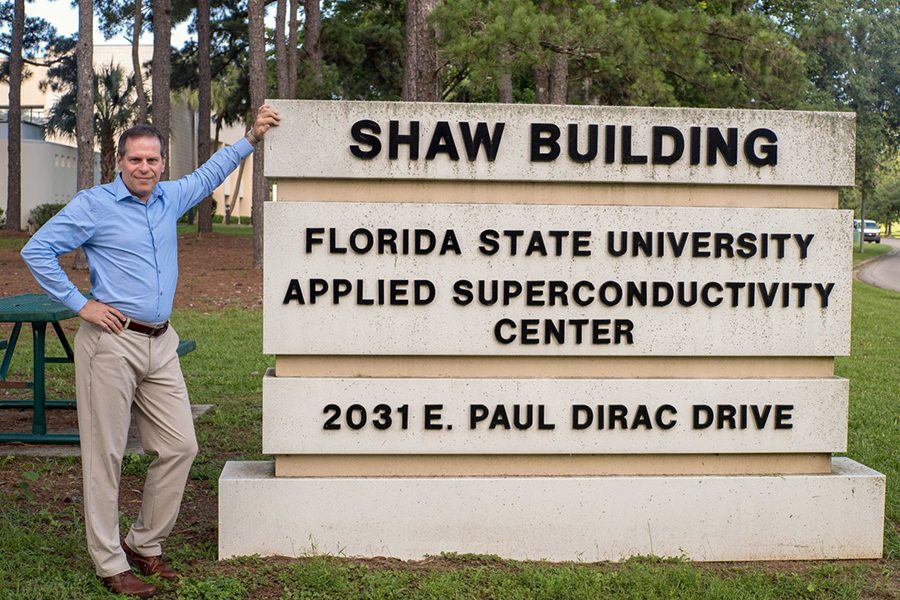
The reins of the MagLab’s Applied Superconductivity Center (ASC) have been handed over to scientist and professor Lance Cooley.
Cooley takes over for his longtime mentor David Larbalestier, who will remain the chief scientist for materials at the MagLab and a professor in the FAMU-FSU College of Engineering.
“These are exciting times for the field of superconductivity and Lance is the perfect person to take the helm and lead ASC as the MagLab realizes the next generation of superconducting magnets,” said MagLab Director Greg Boebinger.
The ASC advances the science and technology of superconductivity through the study of low- and high-temperature superconducting materials, development of conductors, and exploration of magnets and other applications. The research center collaborates with universities, national laboratories and industrial partners to broadly develop superconducting technology.
Cooley, who joined the lab in 2017, brings 30 years of experience to the role of ASC director. He began working in superconducting materials as a graduate student under Larbalestier and has held positions at the National Institute of Standards and Technology, the University of Wisconsin and Brookhaven National Laboratory. Cooley was most recently the head of the Superconducting Materials Department at Fermi National Accelerator Laboratory.
As director, Cooley hopes to broaden the applications of superconducting magnets.
“We have an important role to make the world’s highest-field superconducting magnets at the MagLab, but we also want to consider opportunities to work with other partners that may benefit from using the same materials and conductors, but at lower fields and warmer temperatures,” Cooley said.
Cooley plans to leverage the Florida State research portfolio by working with the Center for Advanced Power Systems and the Florida Center for Advanced Aero-Propulsion to develop superconducting coils for wind turbines, ship propulsion and airplanes. He also sees opportunities for superconductivity to create powerful electron beams that could aid in wastewater cleanup and help develop sensitive devices related to quantum information.
Larbalestier will continue work he began as a postdoc at Rutherford Lab developing next-generation superconducting materials and nuclear magnetic resonance magnets, tools that help scientists observe living systems and investigate diseases.




